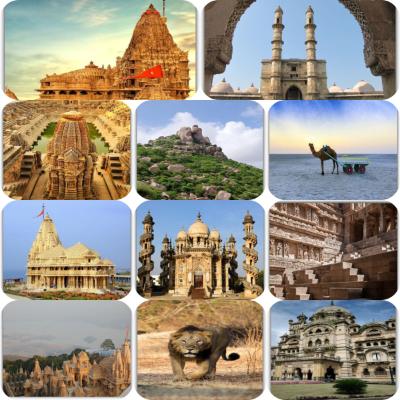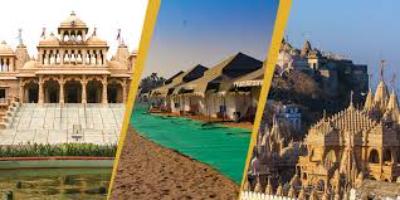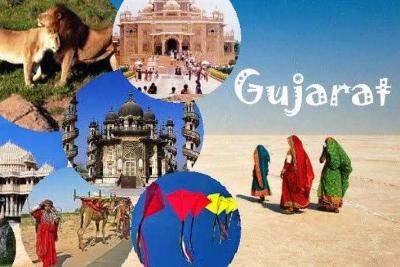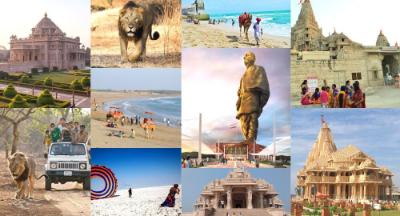Gujarat’s Traditional Dance Forms: A Cultural Traveler's Must-See
Gujarat, a vibrant state in western India, is not just famous for its historical landmarks and religious sites but also for its rich cultural heritage. One of the most fascinating aspects of Gujarat's culture is its traditional dance forms. These dance forms are not only a form of entertainment but also a reflection of the state's history, traditions, and beliefs.
Garba
Garba is undoubtedly Gujarat's most popular and widely recognized dance form. It is performed during the nine nights of the Navratri festival, which celebrates the victory of good over evil. Garba is characterized by graceful, circular movements performed by both men and women, who form concentric circles around a centrally placed idol or a lamp. The dancers move in sync with the beats of traditional musical instruments like dhol, tabla, and harmonium. Garba is not just limited to Gujarat; it has gained international recognition as well, with Garba events held around the world.
Raas
Raas is often performed in conjunction with Garba and is known for its energetic and lively movements. It is a form of stick dance where performers strike their partners' sticks in rhythm, creating a thrilling atmosphere. Raas is performed by both men and women, who form pairs and move in a circular pattern. The dancers wear traditional costumes, including colorful turbans and chaniya cholis (long skirts), and showcase their skillful footwork and choreography. Raas is not only a dance form but also a cultural expression that brings people together.
Bhavai
Bhavai is a traditional Gujarati folk dance form that originated from the rural communities of the state. It is performed on a mud pot or brass plate and requires immense skill and balance. The dancers, usually women, balance these objects on their heads while performing various acrobatic movements. Bhavai is known for its graceful yet daring acts, including balancing multiple pots or even walking on a tightrope. The dance is accompanied by traditional music, and the performers wear bright and colorful costumes, adding to the visual spectacle.
Garbi
Garbi is another traditional dance form of Gujarat that is performed during the Navratri festival. Unlike Garba, which has circular movements, Garbi involves geometric patterns and formations. The dancers move in a zigzag pattern, forming intricate designs and patterns on the dance floor. Garbi is usually performed by women and is accompanied by folk songs and clapping. It is a mesmerizing dance form that showcases the skill and creativity of the performers.
Ghoomar
Although Ghoomar is more commonly associated with Rajasthan, it is also performed in certain parts of Gujarat. This dance form is performed by women who wear vibrant, flowing ghagras (skirts) and spin in slow, graceful movements. The dancers display intricate footwork and hand gestures while maintaining a perfect balance. Ghoomar is usually performed to celebrate special occasions like weddings and festivals, and it is a delightful sight to witness.
Conclusion
Exploring Gujarat's traditional dance forms is a must for cultural travelers. These dance forms not only entertain but also provide insights into the rich heritage and traditions of the state. Garba, Raas, Bhavai, Garbi, and Ghoomar are just a few of the many dance forms that Gujarat has to offer. So next time you plan a visit to Gujarat, make sure to immerse yourself in the vibrant colors, music, and movements of these traditional dances.
Don't forget to share this blog post with your friends and fellow travel enthusiasts who would love to explore Gujarat's cultural treasures!
Disclaimer : The information provided in this blog is for general informational purposes only. While we strive to keep the content accurate and updated, TravelSetu assumes no liability for errors or omissions. If you believe any part of this blog infringes your rights or causes concern, please notify us immediately at info[at]travelsetu[dot]com so that appropriate action can be taken.





